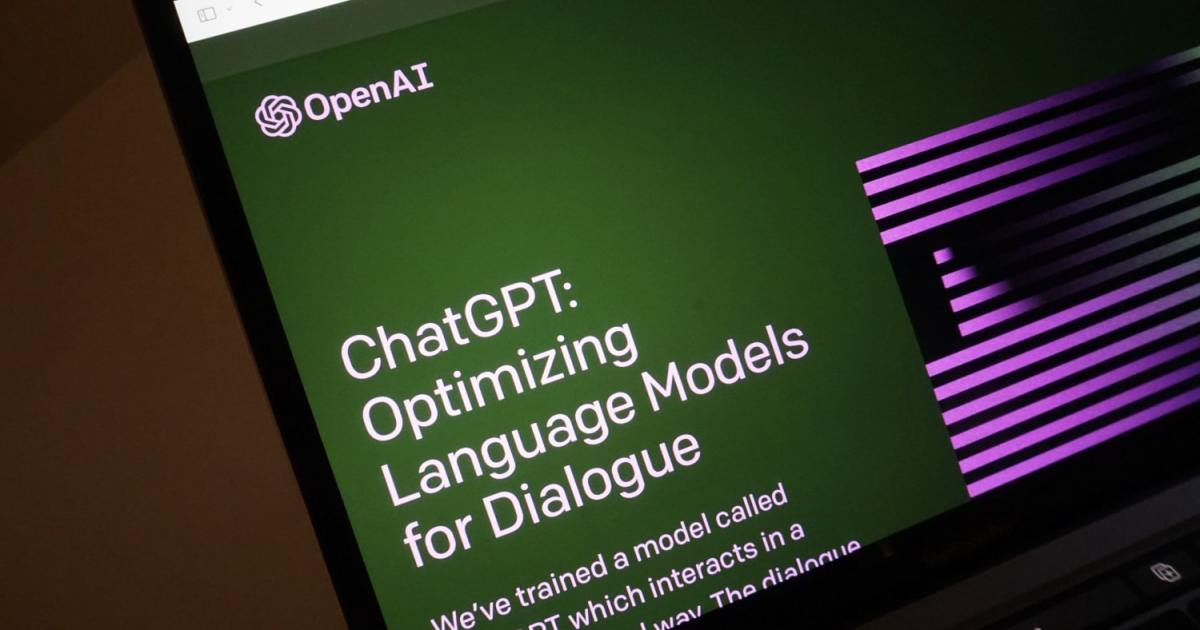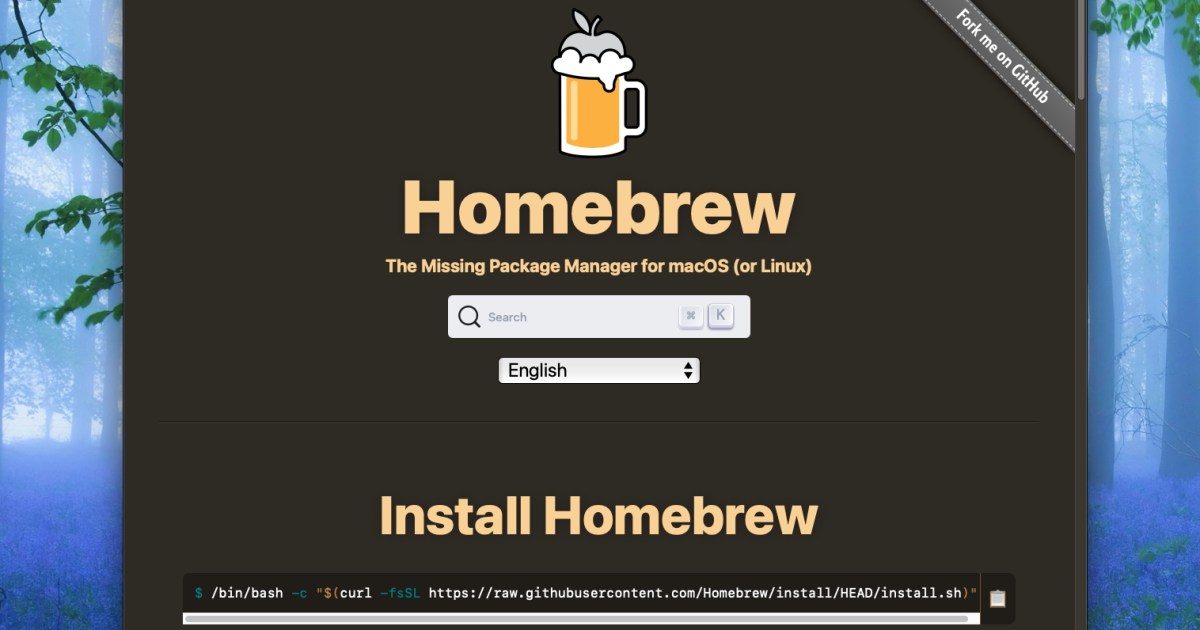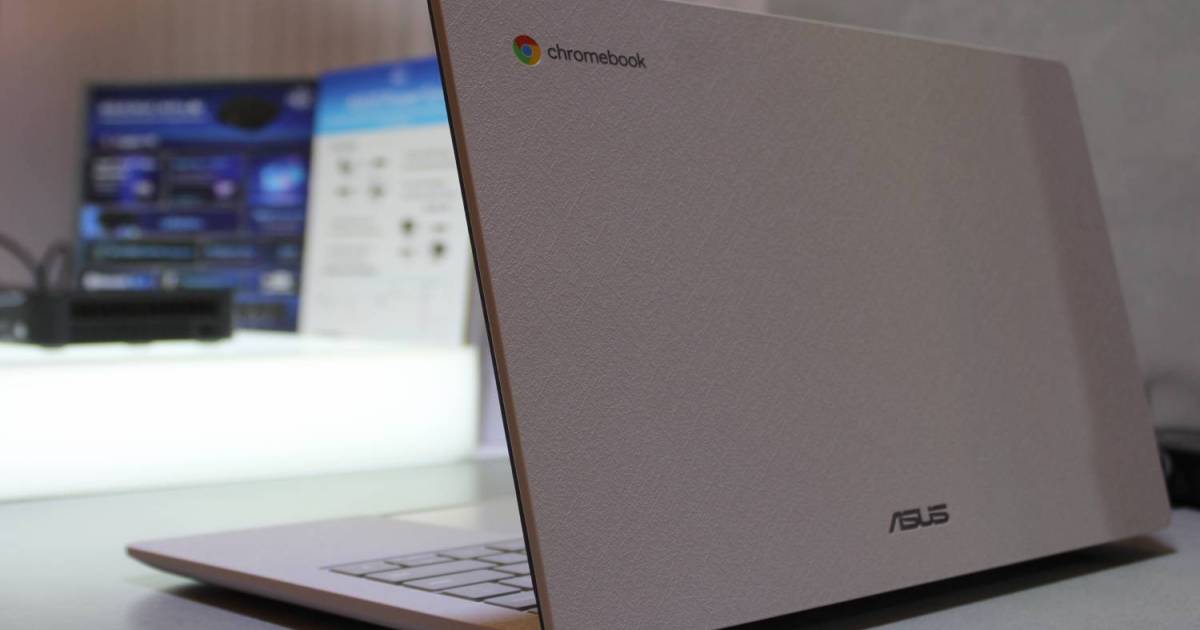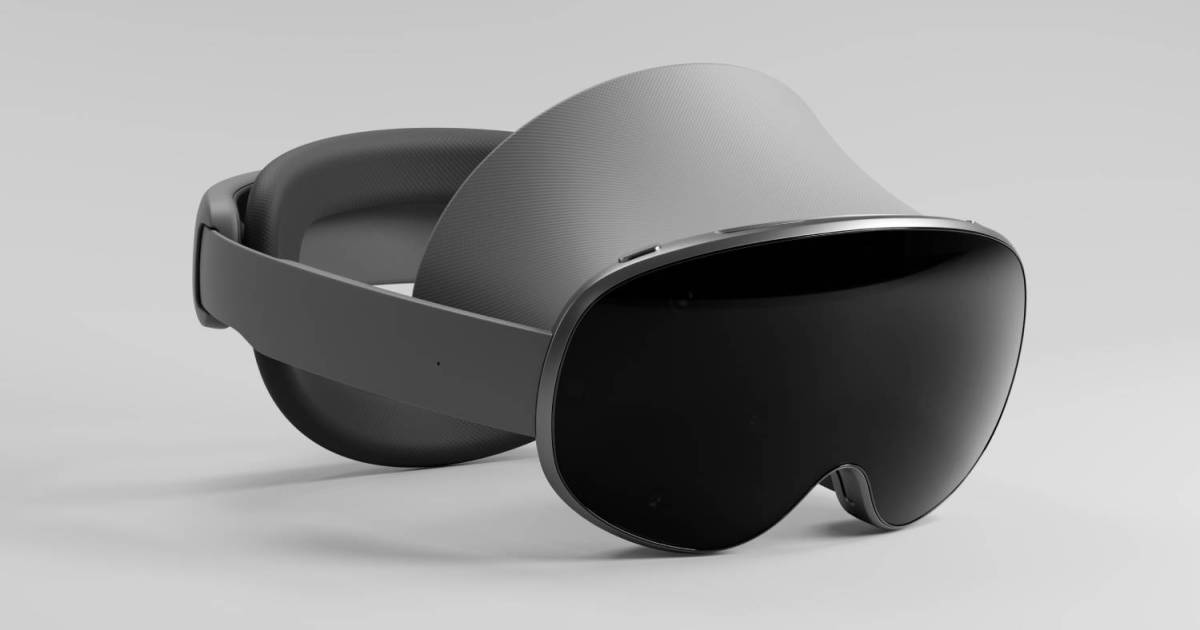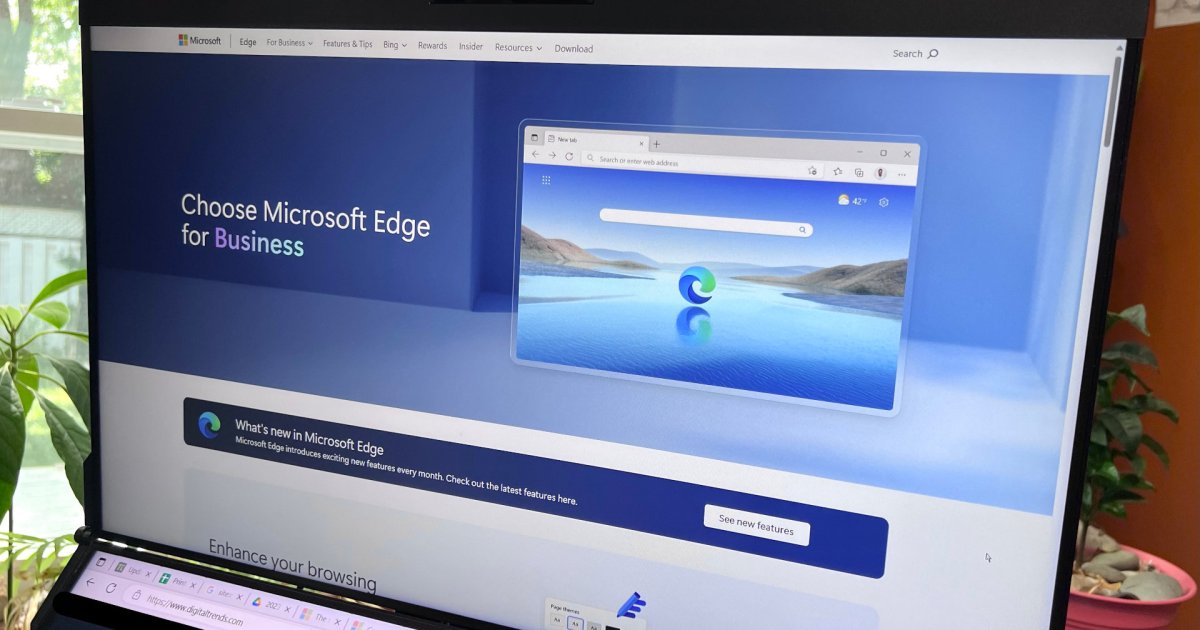OpenAI CEO Sam Altman recently announced on X (formerly Twitter) that the company’s latest reasoning model, o3 mini, is nearing release. Altman indicated the rollout is expected within a couple of weeks, with simultaneous availability for both API and ChatGPT users. This announcement comes after external safety researchers tested the model and provided feedback.
The o3 mini model follows the December release of OpenAI’s o1 and o1 mini models, which offered advancements in query processing, writing capabilities, and code error detection. o3 mini is poised to further enhance these capabilities, with a particular emphasis on complex science, coding, and mathematical queries. The core objective is to achieve large language model performance within a more lightweight framework.
This development positions o3 mini as a direct competitor to Microsoft’s Phi-3 Mini, a reasoning model announced last April that aims to match GPT 3.5’s performance in a lighter structure. The trend toward lightweight AI models is also evident in the development efforts of other industry players like Anthropic, Google, and Meta.
The shift towards lightweight reasoning models like o3 mini presents both opportunities and challenges for the AI landscape. While these models potentially enable faster updates, the question remains whether these updates will offer substantial advancements or primarily consist of incremental improvements. This point was raised by TechRadar, highlighting the uncertainty surrounding the overall impact of this shift on the AI industry.
Another key question yet to be answered is the accessibility of the o3 mini model. It remains unclear whether it will be available to free ChatGPT users or exclusively offered to ChatGPT Pro subscribers. Altman’s previous statements emphasizing the advantages of the o1 model for ChatGPT Pro subscribers, who pay $200 per month, suggest a potential paywall for o3 mini as well. More details, including a specific release date, are expected from OpenAI soon.



